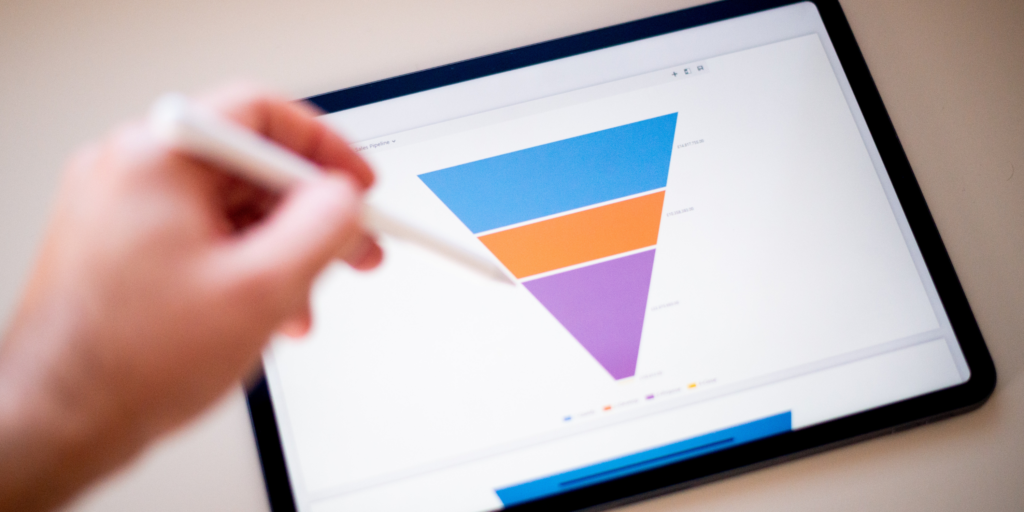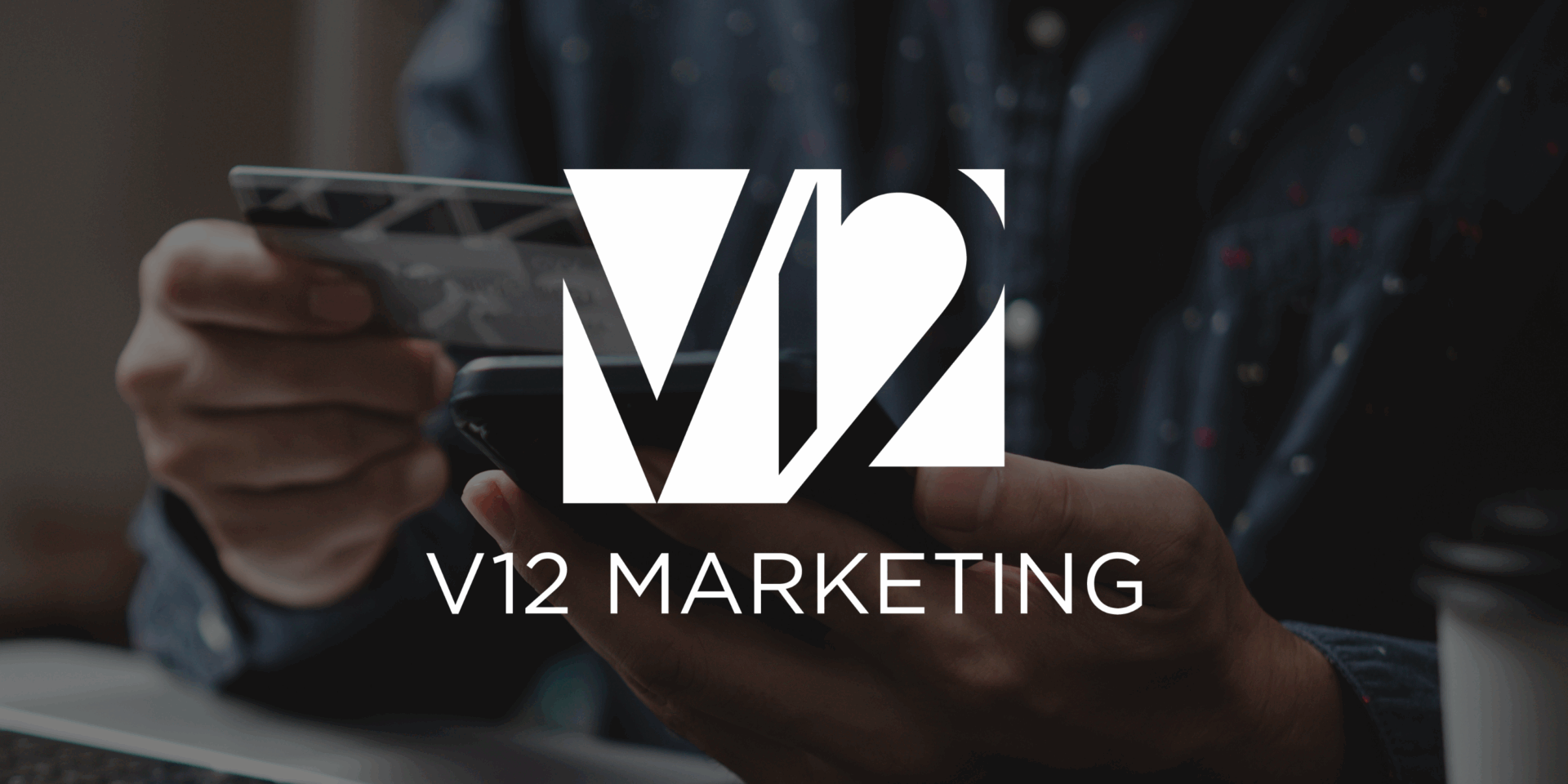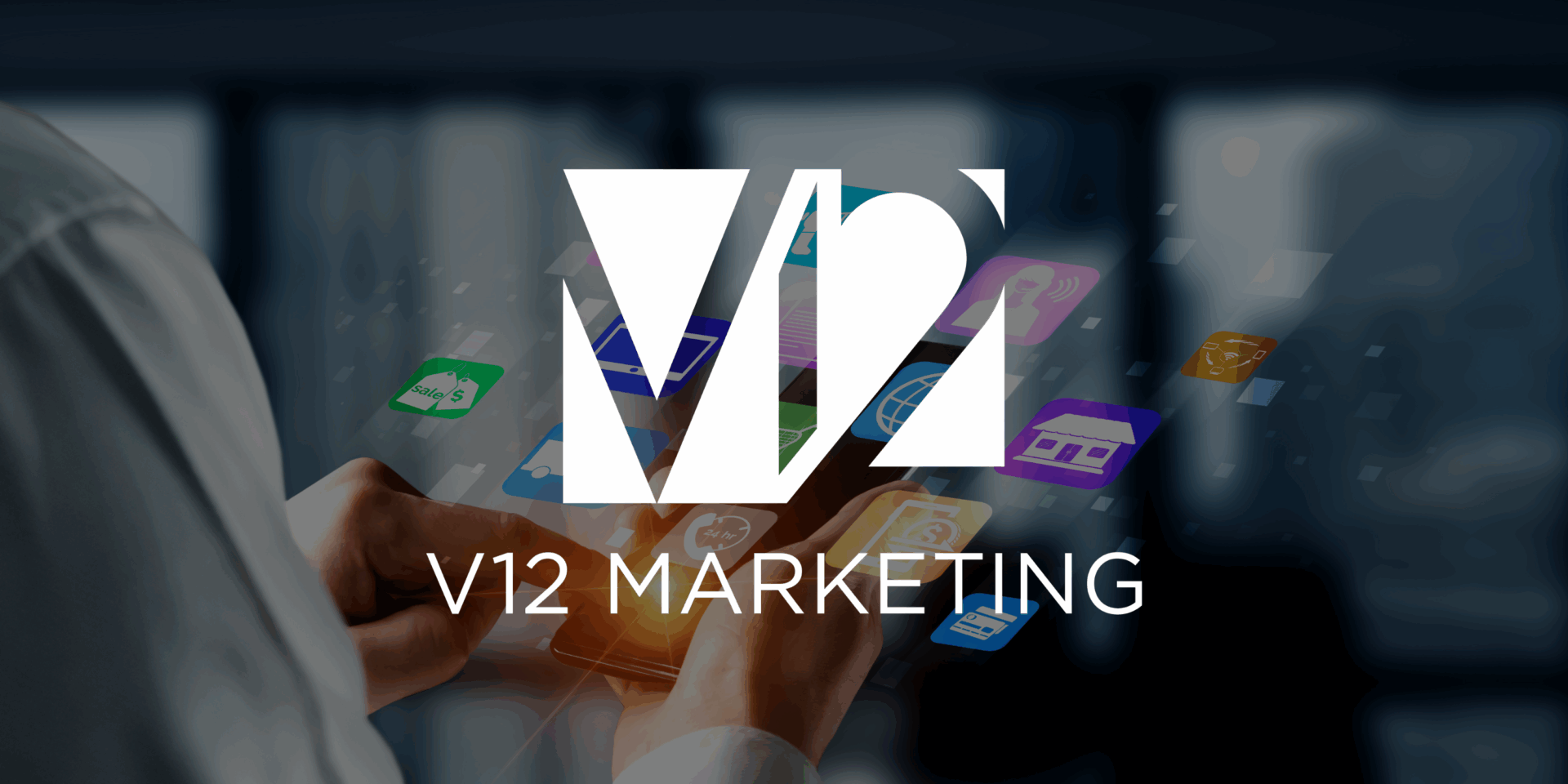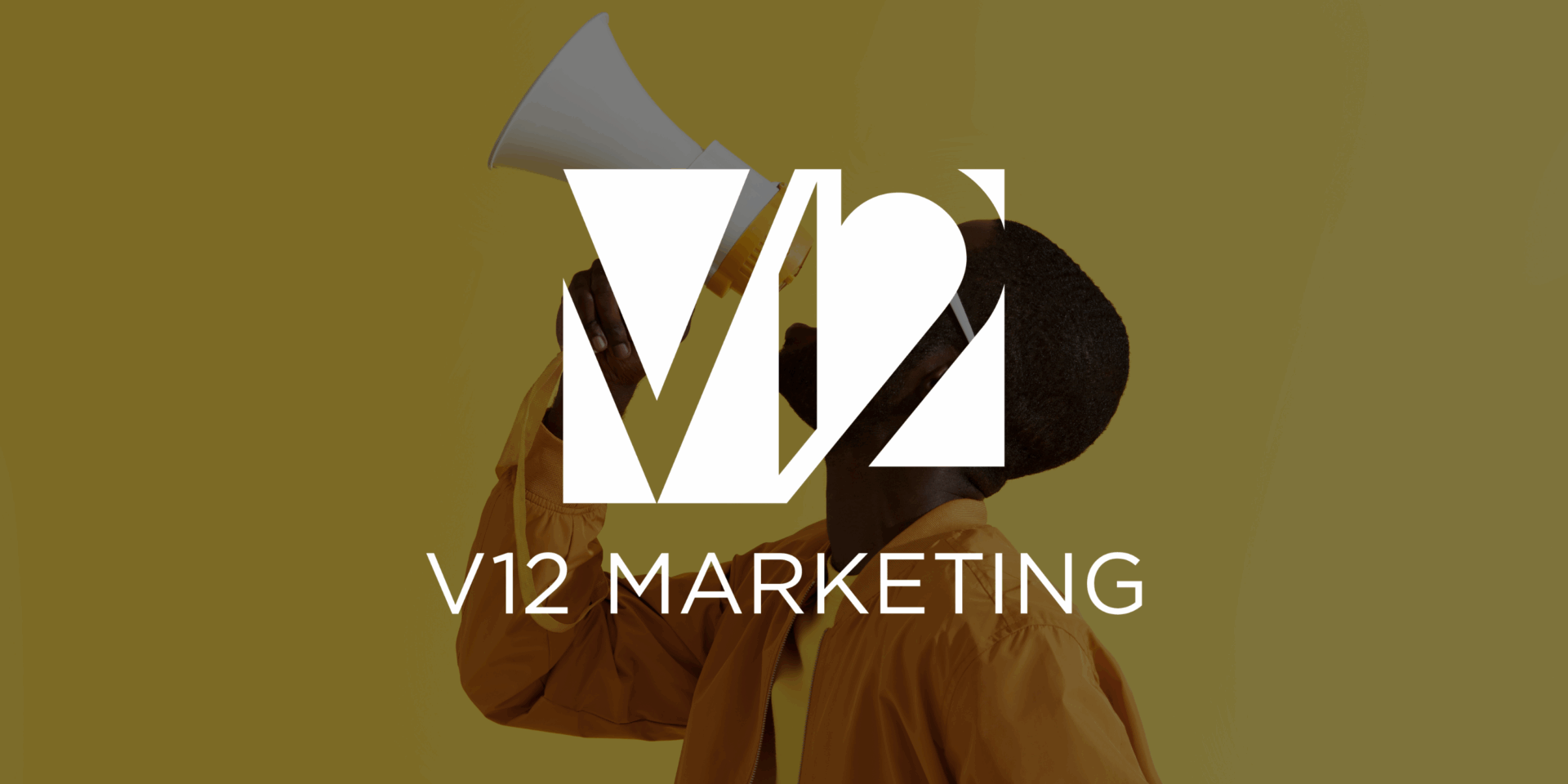
A sales funnel is a critical marketing concept representing the journey a potential customer takes from their first interaction with your brand through to making a purchase and becoming a loyal advocate.
Understanding this funnel can significantly enhance your marketing strategies, improve customer retention, and ultimately drive growth.
What is a Sales Funnel?
A sales funnel visualizes each stage of a customer’s decision-making process. It helps businesses map the path from awareness to loyalty, optimizing each step to encourage progression toward a sale.
Why Businesses Should Understand the Sales Funnel
Businesses need to understand the sales funnel because it provides clarity on where customers are in their buying journey and what strategies are most effective at each stage. Without this awareness, businesses risk wasting resources on ineffective marketing tactics and losing potential customers. A clear understanding allows for targeted and relevant interactions, significantly increasing the likelihood of converting prospects into buyers.
Additionally, businesses that pivot their strategies to create a cohesive plan aligned with their sales funnel can greatly enhance customer experience and loyalty. A cohesive sales funnel strategy ensures consistent messaging, seamless customer interactions, and strategic use of resources. Ultimately, this holistic approach leads to higher conversion rates, improved customer satisfaction, and long-term brand loyalty.
Stages of the Sales Funnel
- Awareness
- At this initial stage, potential customers learn about your brand or products. They might discover you through content marketing, social media, ads, or word-of-mouth.
- Your goal is to make a strong first impression, increasing visibility and creating brand awareness.
- Interest
- Prospects express interest by following your social media accounts, subscribing to newsletters, or engaging with your content.
- At this point, provide valuable content to build trust and demonstrate expertise, nurturing the relationship further.
- Consideration
- Customers are actively evaluating your offerings against competitors. They’ll be researching, comparing options, reading reviews, and seeking detailed information.
- Highlight your unique selling points (USPs) clearly to differentiate your products or services.
- Intent
- At the intent stage, customers have decided they want to make a purchase, though they may still be finalizing details.
- Offer persuasive incentives like discounts, limited-time offers, or free trials to solidify their intent to buy from you.
- Purchase
- The customer completes the transaction. Here, your priority is providing a seamless buying experience to avoid friction that might cause cart abandonment.
- Ensure an intuitive checkout process, responsive customer service, and transparent communication.
- Loyalty
- Post-purchase, focus on delivering exceptional customer support and experiences that encourage repeat purchases and foster brand advocacy.
- Strategies like loyalty programs, exclusive offers, personalized recommendations, and ongoing engagement are essential at this stage.
Optimizing Your Sales Funnel
To effectively leverage your sales funnel:
- Analyze and Track Data: Regularly track performance metrics at each stage to identify bottlenecks and opportunities.
- Personalize the Experience: Tailored content and targeted marketing significantly boost engagement and conversion rates.
- Continuously Improve: Regularly refine each stage based on customer feedback, analytics, and industry trends.
Benefits of a Well-Optimized Sales Funnel
- Increased Conversions: Better understanding and optimization of each stage boost conversion rates.
- Enhanced Customer Insights: Tracking each stage provides valuable insights into customer behavior and preferences.
- Improved Customer Retention: Focusing on loyalty increases lifetime customer value, driving sustained revenue growth.
A well-defined sales funnel isn’t merely a conceptual framework—it’s an actionable roadmap for consistent business growth. By understanding and optimizing each stage, you’re not only facilitating initial sales but cultivating lasting relationships that keep customers coming back for more.

